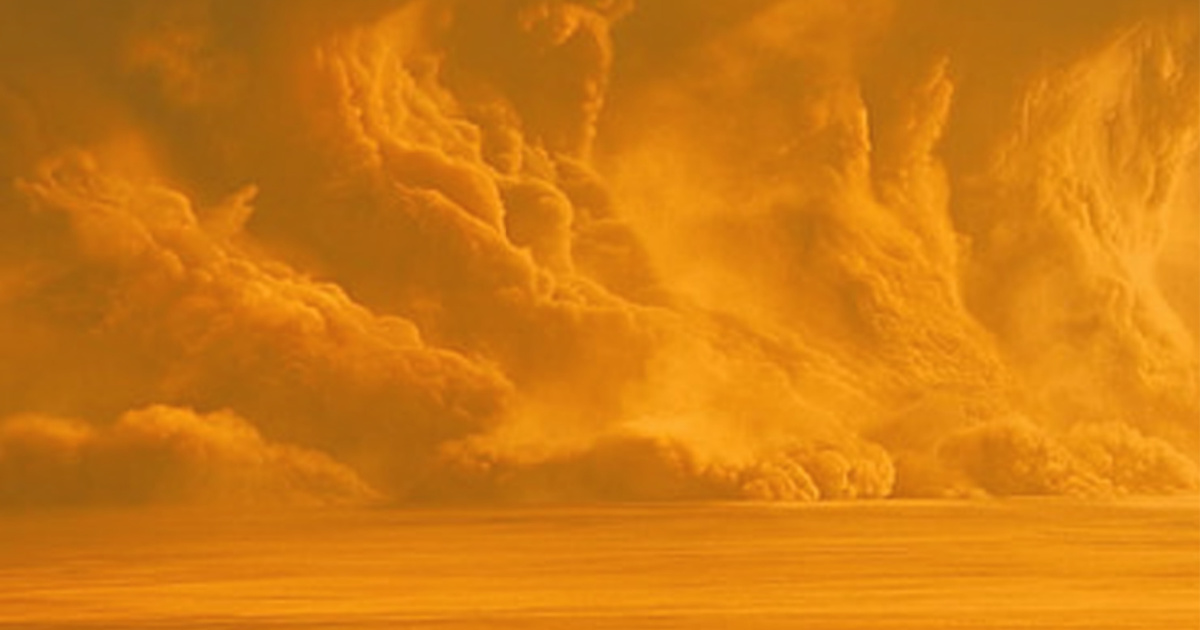
People tend to think of the places they live as being somewhat isolated from all of the other places out there, but the truth is, our world is so much more connected than we think.
And no, we’re not even talking about the ways technology connects us like never before.
In fact, wind currents are perfectly capable of depositing sand and dust from 5,000 miles away.
Winds in the Sahara peak in late June to mid-August, and it’s typical for the sand and dust from the desert to make it all the way to the US.
The wind kicks the dust up into the lowest layer of Earth’s atmosphere, called the troposphere, where it forms into the Saharan Air Layer.
This is a 2-2.5 mils thick plume of dry and dusty air, starting around 1 mile above the surface.
The air there has around 50% less moisture than you’d expect in the atmosphere over tropical regions.
At its peak, the trade winds (permanent east-to-west winds over the equator) blow the layer across the Atlantic every 3-5 days.
Once there, meteorologist Jason Dunion says they can have all kinds of impacts on the weather.
“The dry air can really suppress afternoon clouds and help cool things down, but you can still get storms popping in the late afternoon.”
There is a downside, like “some of your hottest days when these dust outbreaks come overhead in places like Texas and Alabama.”
There are potential health effects, too, with the dust dropping air quality and making life harder for those with diseases like asthma.
The frequency of these dust storms is increasing, a fact that concerns officials responsible for monitoring people’s health, world economies and infrastructure, and the environment.
The United Nations Convention to Combat Desertification estimates that around 2 billion tons of sand and dust are blown into the atmosphere every year.
25% of that matter is attributed to human activity, and the UN hopes to decrease that amount by raising awareness and encouraging governments to adapt to the problems of sand and dust storms.
“The Policy Guideline will support countries to develop and implement sand and dust storms-related initiatives, improve land use and management, enhance food security, and build resilience to climate change.”
Like much of the climate change research, only time will tell if governments will take it seriously.
Or if we’re able to truly change our circumstances at all.
If you thought that was interesting, you might like to read a story that reveals Earth’s priciest precious metal isn’t gold or platinum and costs over $10,000 an ounce!